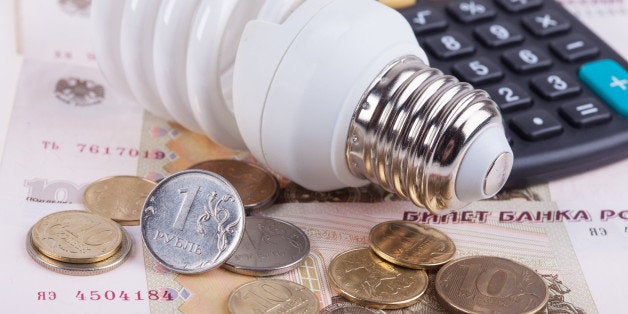
California's Legislature is considering whether to continue the State's Cap & Trade system meant to reduce greenhouse gas emissions and fight global warming before it potentially expires in 2020. Governor Jerry Brown, some Democrats in the State Legislature, and environmentalists would like to renew it, but opponents question whether it is an illegal tax supporting a slush fund for liberals, and how effective it has been at reducing emissions. Adding to the drama, the price of permits crashed in the last auction, possibly due in part to uncertainty about the program's future.
The lack of demand could partly stem from the program's subsidies to the fossil fuel industry, which receives millions of permits for free (even though they mostly oppose the program). The Petroleum Refining, Natural Gas Extraction, and Cement sectors received over 49 million free allowances in 2016. At $12.73 per allowance, that subsidy is worth over $629 million per year.
The politicized nature of auction proceed expenditures may also account for some of the difficulties in renewing the program. Critics note that the State has chosen to devote hundreds of millions of dollars from Cap & Trade funds towards high-speed rail project and affordable transit-oriented housing, which helps mostly urban constituencies. A report from the Legislative Analyst's Office raised questions about the current laundry list of items in the State's expenditure plan, including the criteria by which projects are selected, and whether spending the money on projects actually reduces emissions overall. The economics of Cap & Trade is such that projects in one sector may serve to reduce the cost of permits in that sector, but the space created under the cap will be taken up by other sectors until emissions rise to meet the cap.
A simpler and more transparent approach would be to return the auction revenues to households through climate dividends. Instead of a funding source for government programs, Cap & Trade (actually in this approach, "Cap & Dividend") would become a money generator for people. Climate dividends are similar to anti-poverty movements focusing on the concept of "basic income," and international development efforts promoting "unconditional cash transfers." It would be congruent with the State's efforts at establishing a State Earned Income Tax Credit (EITC).
The California Public Utilities Commission has mandated utilities return the revenues from their "consigned allowances" back to the ratepayers through a California Climate Credit that appears twice a year on electricity bills. Post-2020 the State could expand that to an off-bill per capita dividend that would be simple, transparent, and be inclusive of disadvantaged communities not just coastal cities.
The State's Air Board will be hosting a public hearing September 19 and accepting public comment on proposed regulations for the 2018-2020 period of the current program and how to implement the Governor's April 2015 Executive Order that established a target to reduce GHG emissions 40 percent below 1990 levels by 2030. This includes aligning the Cap & Trade program with President Obama's Clean Power Plan.
California has shown leadership on climate change by creating a price on carbon. It can improve the program in its next phase, and perhaps gain supporters for the program's extension, by decreasing subsidies to the fossil fuel industry, and depoliticizing the way funds are used by moving the funding for environmental programs into the regular budget process and returning Cap & Trade revenues back to people as climate dividends.
